 Watching my daughter at her swim class today, I realized how learning to swim and learning to write are similar. When learning to swim, support is important. The same holds true for learning to write.
Watching my daughter at her swim class today, I realized how learning to swim and learning to write are similar. When learning to swim, support is important. The same holds true for learning to write.
Kids first jumping into the water need flotation devices, which range from life jackets to noodles. My favorite—which my daughter used in her swim class—is the “bubbles.” This is a belt with up to 4 buoyant squares on it. The belt doesn’t restrict motion and it is adjustable—as you gain proficiency you drop to 3 bubbles, then 2, then 1, then none.
Writers first jumping into writing are no different. We need help to stay afloat. Our flotation devices are workshops, classes, conferences, mentors, and craft books. As we get better, we need fewer of these, although with writing the learning never stops—thus our career-long need for beta-readers, critique groups, and editors.
Another vital element when learning to swim is lifeguards. Lifeguards see when you’re in trouble and rescue you. They can see what you’re doing wrong and save you from ever getting in trouble in the first place.
Writing communities are both flotation devices and lifeguards. When we run aground on hazards like writer’s block, deadline desperation, marketing overload, or mid-novel burnout, other writers are there to tell us we are not alone. They’ve been through the fire, too, and often have tips to share.
And when you are finally published and out there in the wide world, this network of writer-lifeguards has your back. They’ll help guide you through the marketing morass, show up at your book events, and spread the word on social media. Writer friends will comfort us during the bad and celebrate with us during the good.
Writing can be lonely—but it doesn’t have to be. Find yourself a good, supportive writing community, either in person or online. Your family undoubtedly loves you a lot, but there are certain things only another writer truly understand. If you say sadly, “Saggy middle” to your family, they will poke your belly and give you diet tips. If you say “Saggy middle” to your writer friends, they will tear at their own hair and shout, “I KNOW!”
The journey is certainly easier and more pleasant if we surround ourselves with people who are willing to support each other, give generously of time and advice, and fill this whole adventure with laughter. Find people who lift you up, not tear you down. I’ve been lucky—and I hope you are, too.
Can you suggest places writers can find supportive writer communities—online or in person? Do you have stories about how being a part of a community has helped your career?
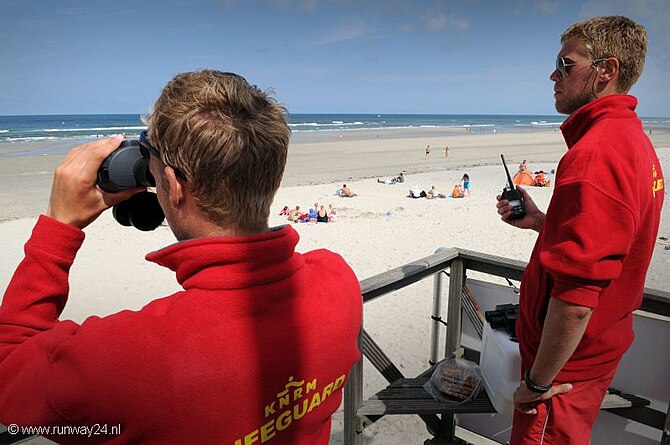
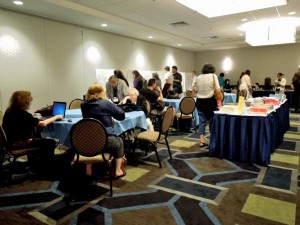
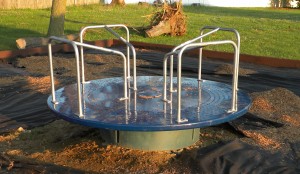




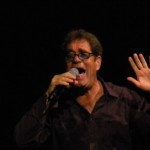


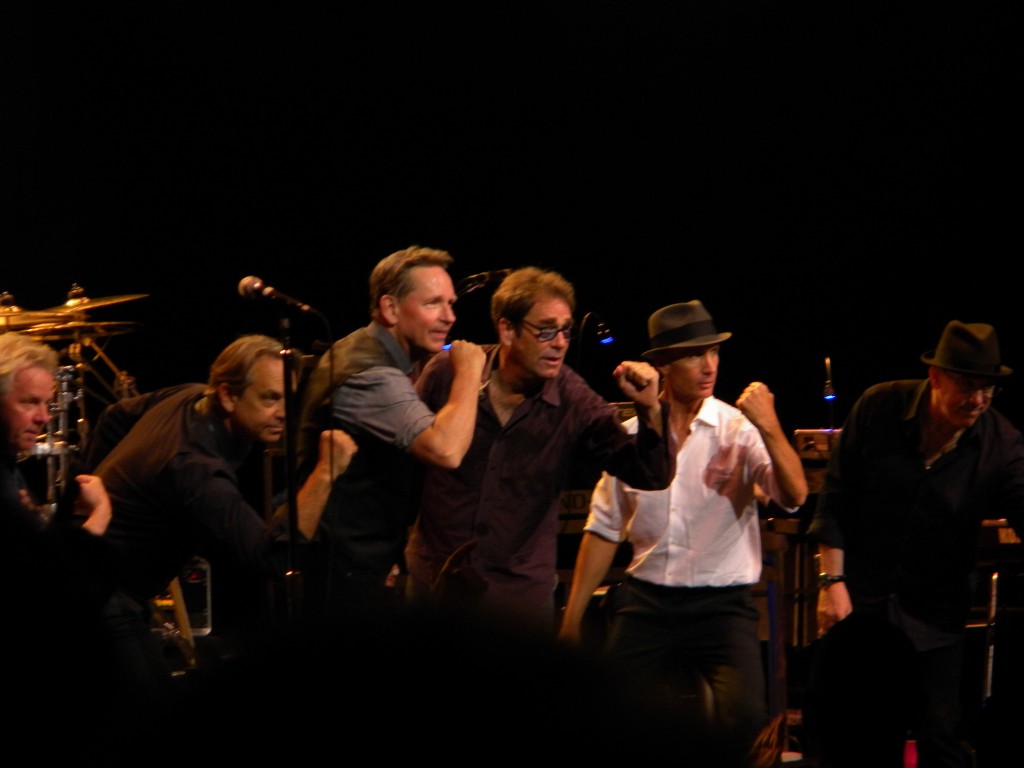
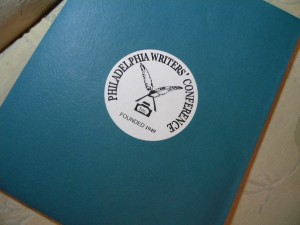


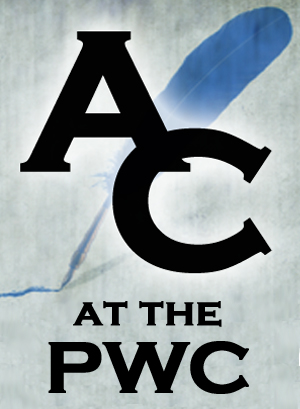
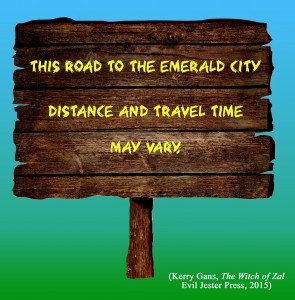

Summer Doldrums
To add to this lazy mindset, those of us with children know that now you have the kids home all day. This will completely mess with whatever productive schedule you had hammered out during the school year. It will also seriously impede your sitting and reading/sleeping plans.
My child is still young, and that means she wants me to play with her from the minute we get up to the minute her head hits the pillow at night. This gives me a dilemma: 1) Get no work done and play with her all day, or 2) tell her sometimes that I need to work and then deal with the guilt of feeling like a bad mommy.
We’ve been trying to work it out as far as work-play balance, but all I can say is that 6 more weeks of summer just might steal whatever sanity I have left.
Of the two distractions, though, the more sinister productivity-killer is the summer doldrums. I’ll grab my half-hour to work and then…email…Facebook…Word Scramble…a little more Facebook…maybe some Pinterest…guess I should check Twitter…more Word Scramble…now, time to write…what do you mean my time’s up?
It’s unusual for me to not be able to focus when I need to. But something about summer just sucks the motivation out of me. I crave doing NOTHING. And I am not a person who likes to do nothing.
I struggle through as best I can, waiting for the cool winds of autumn to blow away the summer cobwebs. It will come, but right now that shady spot under the tree is tempting me.
How about you? Do you suffer from the summer doldrums? Do you have any tips to shake it off and get back to your usual productive self?